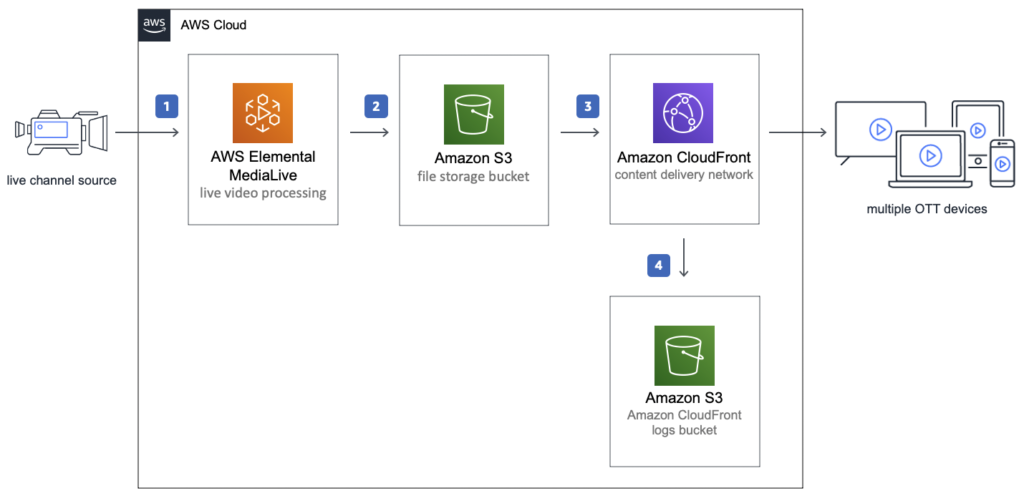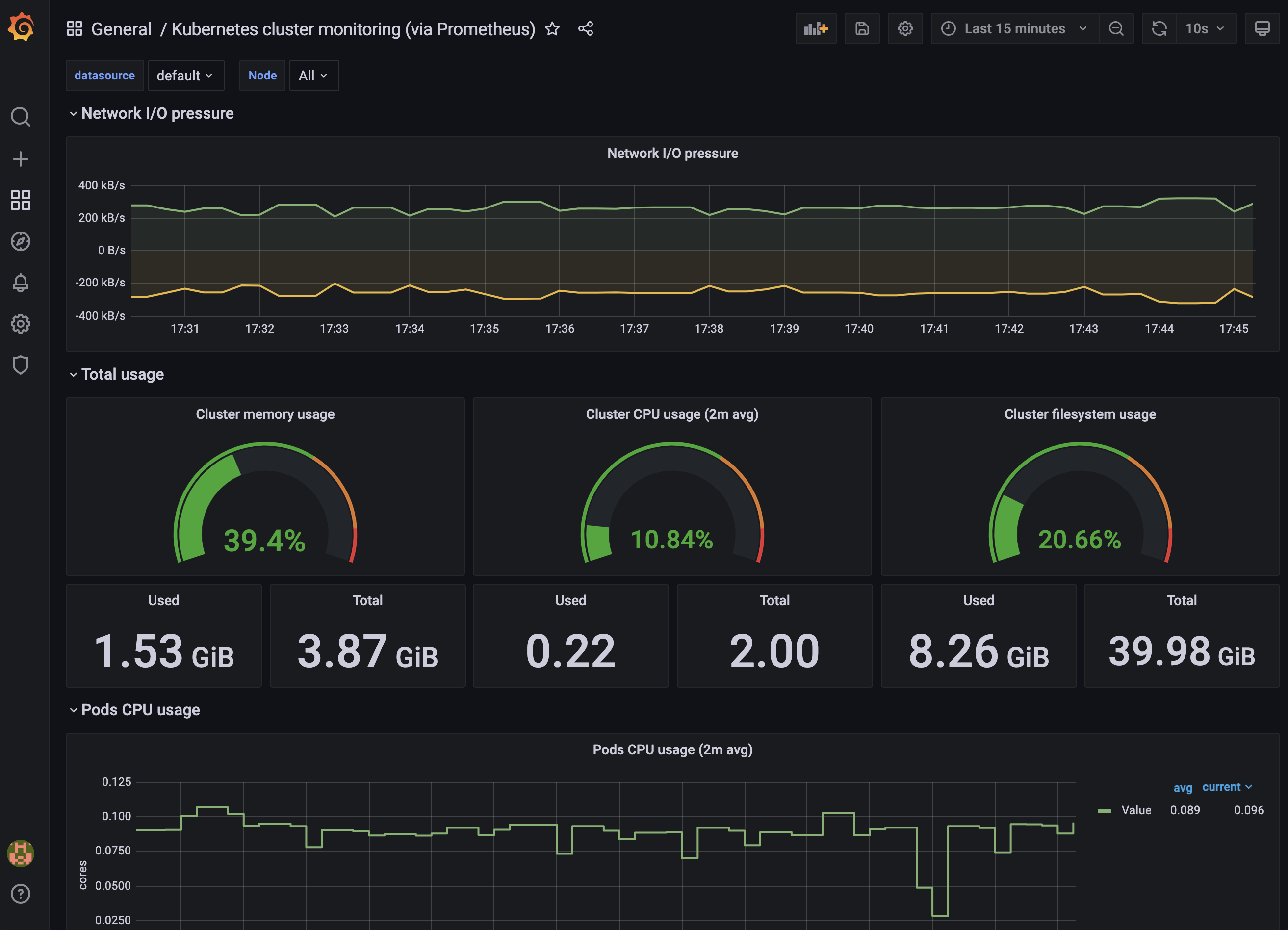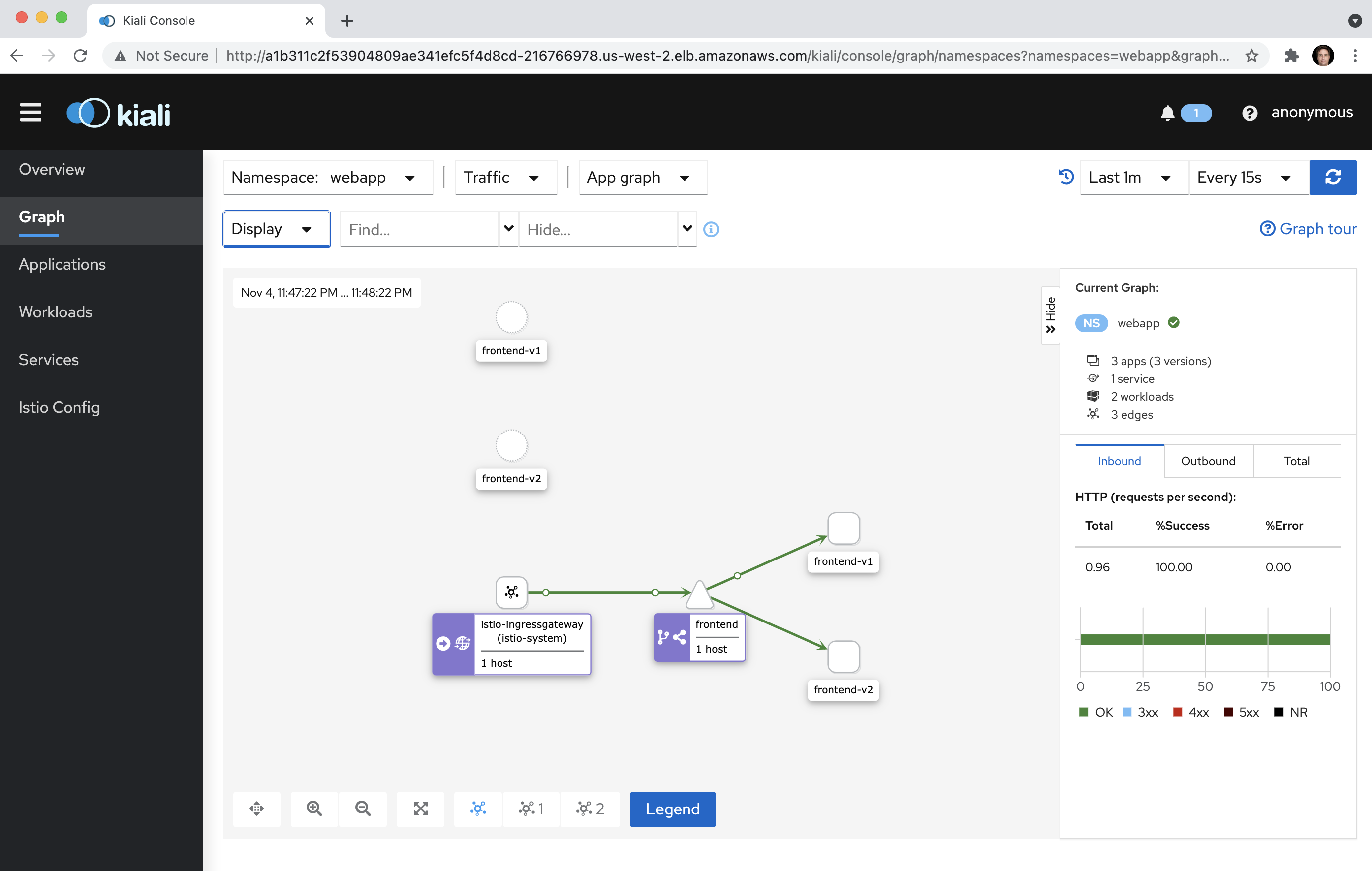Live Streaming on AWS
Overview

Use cases for this AWS Solution
- Content Management & Websites
Small & Medium Business - Streaming Media
New to AWS - Streaming Media
Media & Entertainment
AWS provides two live video streaming AWS Solutions to cost-effectively deliver media content to a global audience as part of the AWS Solutions Library. This page guides to help you choose between the two live video streaming AWS Solutions to best fit your business needs.
Which Live Streaming on AWS Solution should I choose?

| Feature | Live Streaming on AWS with Amazon S3 | Live Streaming on AWS |
|---|---|---|
| AWS services | AWS Elemental MediaLive Amazon Simple Storage Service (Amazon S3) | AWS Elemental MediaLive AWS Elemental MediaPackage |
| Customizations | Less | More |
| Inputs | Supports URL_PULL, RTMP_PUSH, RTP_PUSH, and Elemental Link device with no redundancy | Supports URL_PULL, RTMP_PUSH, RTMP_PULL, RTP_PUSH, and MediaConnect inputs with redundancy |
| Outputs | HLS only | Multiple outputs including CMAF, HLS, and DASH for playback support on different players |
| Support for content protection | N/A | DRM |
| DVR-like features (live rewind, restart, etc.) |  | |
| Build live-to-VOD workflows |  |
Technical details

You can automatically deploy this architecture using the implementation guide and the accompanying AWS CloudFormation template.

You can configure this solution to ingest Real-Time Transport Protocol (RTP), Real-Time Messaging Protocol (RTMP), HTTP Live Streaming (HLS) content, or live video from an AWS Elemental Link device.
Step 1
AWS Elemental MediaLive, ingests an input feed and transcodes your content into one adaptive bitrate (ABR) HTTP Live Streaming (HLS) stream as output.
Step 2
Amazon Simple Storage Service (Amazon S3) provides a scalable highly available storage bucket to host the encoded segments.
Step 3
An Amazon CloudFront distribution is configured to use the Amazon S3 custom endpoints as its origin. The CloudFront distribution delivers your live stream to viewers with low latency and high transfer speeds.
Step 4
An S3 bucket stores the CloudFront logs.






Leave a Reply